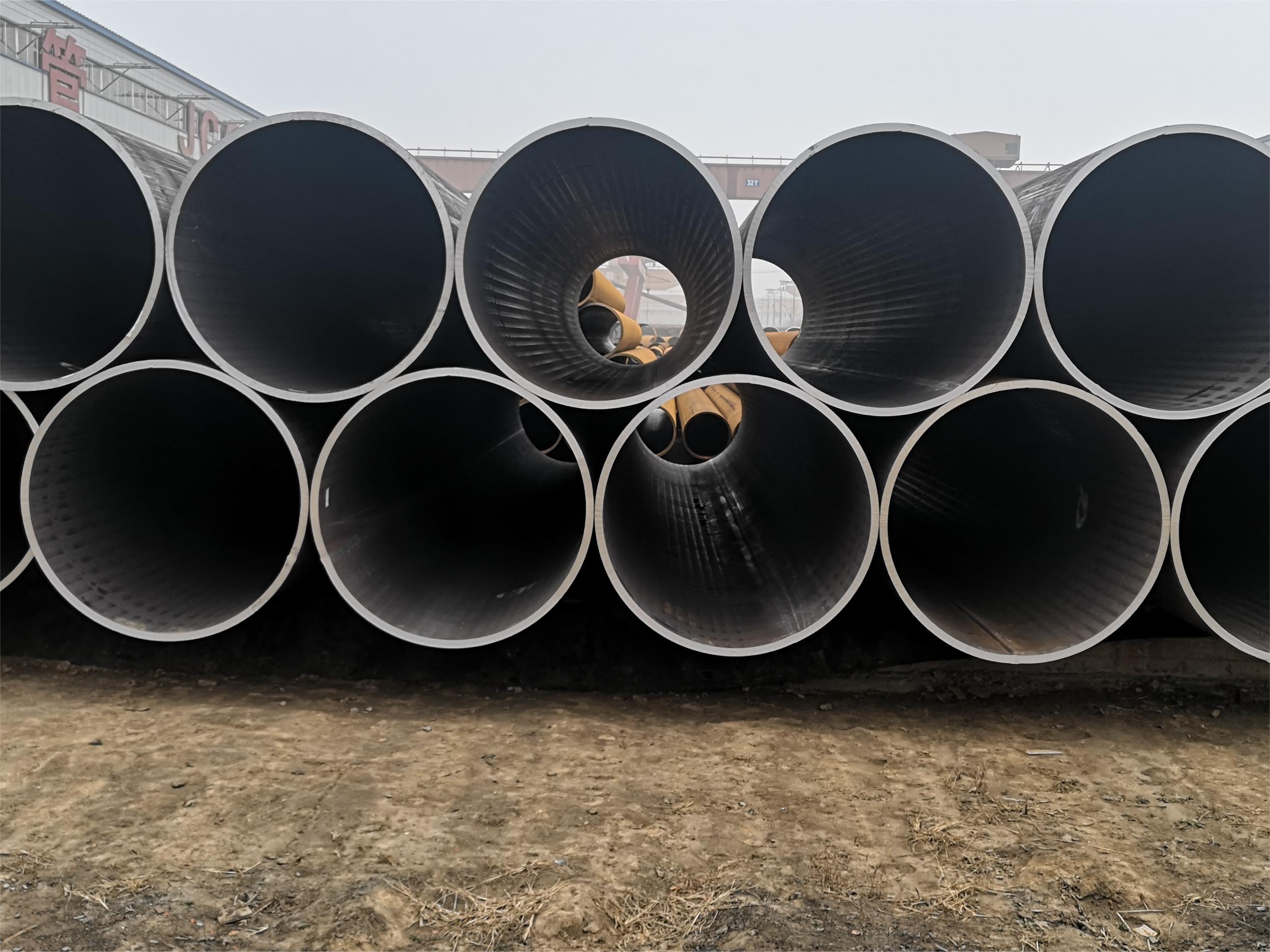BS EN 10210 and BS EN 10219 are both structural hollow sections made of unalloyed and fine-grained steel.
This paper will compare the differences between the two standards to better understand their respective characteristics and scope of application.
BS EN 10210 = EN 10210; BS EN 10219 = EN 10219.

Heat Treatment or Not
Whether the finished product is heat treated or not is the biggest difference between BS EN 10210 and 10219.
BS EN 10210 steels require hot working and fulfill certain delivery conditions.
Qualities JR, JO, J2 and K2 - hot finished,
Qualities N and NL - normalized. Normalized includes normalized rolled.
It may be necessary for seamless hollow sections with a wall thickness above 10 mm, or when T/D is greater than 0,1, to apply accelerated cooling after austenitizing to achieve the intended structure, or liquid quenching and tempering to achieve the specified mechanical properties.
BS EN 10219 is a cold working process and does not require subsequent heat treatment.
Differences in Manufacturing Processes
The manufacturing process in BS EN 10210 is categorized as seamless or welding.
HFCHS (hot finished circular hollow sections) are commonly manufactured in SMLS, ERW, SAW, and EFW.
BS EN 10219 Structural hollow sections shall be manufactured by welding.
CFCHS (cold formed circular hollow section) are commonly manufactured in ERW, SAW, and EFW.
Seamless can be divided into hot finish and cold finish according to the manufacturing process.
SAW can be divided into LSAW (SAWL) and SSAW (HSAW) according to the direction of the weld seam.
Differences in Name Classification
Although the steel designations of both standards are implemented according to the BS EN10020 classification system, they can vary depending on the specific product requirements.
BS EN 10210 is divided into:
Unalloyed steels: JR, J0, J2 and K2;
Fine-grained steels: N and NL.
BS EN 10219 is divided into:
Unalloyed steels: JR, J0, J2 and K2;
Fine-grained steels: N, NL, M and ML.
Condition of Feedstock Material
BS EN 10210: The manufacturing process of the steel is at the discretion of the steel producer. As long as the final product properties fulfill the requirements of BS EN 10210.
BS EN 10219 delivery conditions for raw materials are:
JR, J0, J2, and K2 quality steels rolled or standardized/standardized rolled (N);
N and NL quality steels for standardized/standardized rolling (N);
M and ML steels for thermomechanical rolling (M).
Differences in Chemical Composition
While the name grade of steel is the same for the most part, the chemical composition, depending on how it is processed and the end use, can be slightly different.
BS EN 10210 tubes have more stringent chemical composition requirements, compared to BS EN 10219 tubes, which have fewer chemical composition requirements. This is due to the fact that BS EN 10210 focuses more on the strength and durability of the steel, whereas BS EN 10219 focuses more on the machinability and weldability of the steel.
It is worth mentioning that the requirements of the two standards are identical in terms of chemical composition deviations.
Different Mechanical Properties
Tubes to BS EN 10210 and BS EN 10219 differ in mechanical properties, mainly in terms of elongation and low temperature impact properties.
Differences in Size Range
Wall Thickness (T):
BS EN 10210:T ≤ 120mm
BS EN 10219:T ≤ 40mm
Outer Diameter (D):
Round (CHS): D ≤2500 mm;The two standards are the same.
Different Uses
Although both are used for structural support, they have different focuses.
BS EN 10210 is more commonly used in building structures that are subjected to large loads and provide high strength support.
BS EN 10219 is more widely used in general engineering and structures, including industrial, civil, and infrastructure sectors. It has a wider range of applications.
Dimensional Tolerance
By comparing the two standards, BS EN 10210 and BS EN 10219, we can see that there are some significant differences between them in terms of the pipe manufacturing process, chemical composition, mechanical properties, size range, application, etc.
BS EN 10210 standard steel pipes usually have higher strength and load-carrying capacity and are suitable for building structures that need to provide high-strength support, whereas BS EN 10219 standard steel tubes are more suitable for general engineering and structures and have a wider range of applications.
When selecting the appropriate standard and steel pipe, the choice needs to be based on the specific engineering requirements and structural design to ensure that the steel pipe selected will meet the performance and safety requirements of the project.
tags: bs en 10210 vs 10219, en 10210 vs 10219,bs en 10210, bs en 10219.
Post time: Apr-27-2024
